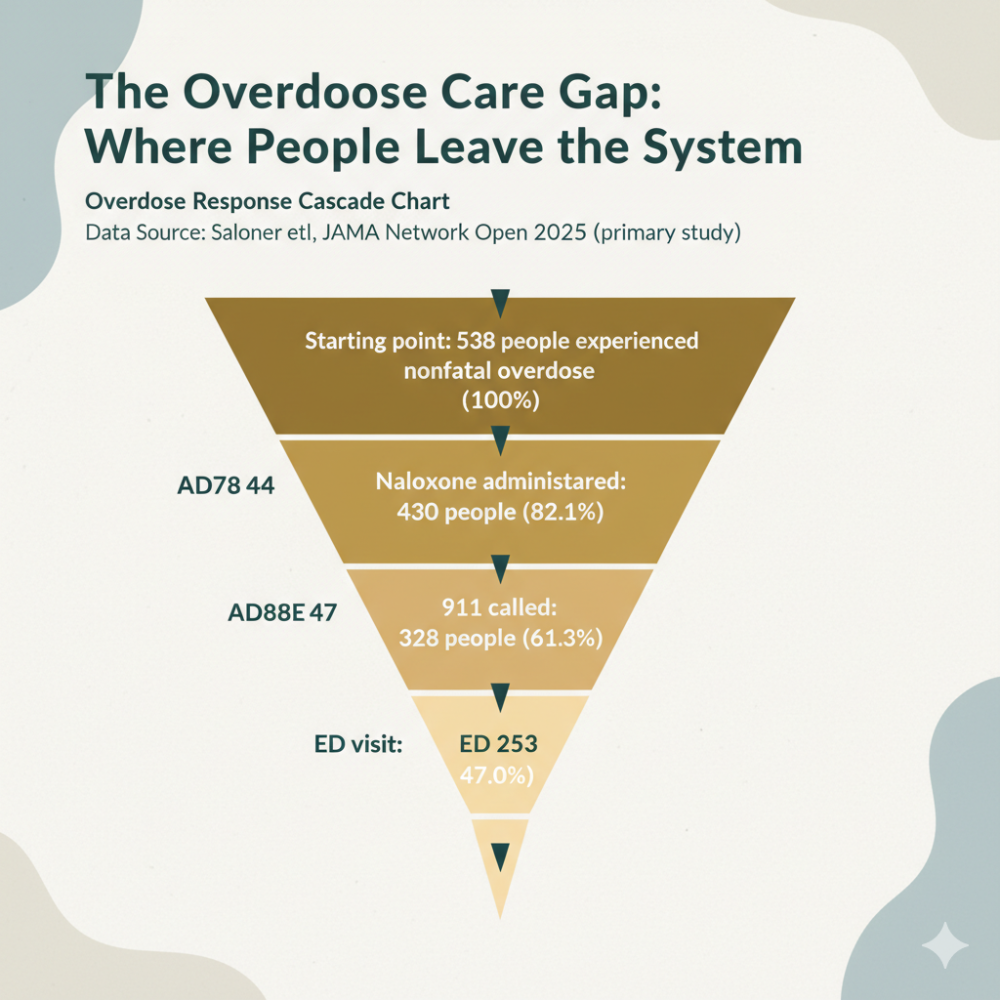Codeine: The Common Cough Suppressant with a Hidden Danger
Codeine, like the M30 pills discussed in a prior post, is an opioid. While often perceived as a milder, less dangerous drug than stronger opioids like morphine or oxycodone, codeine still carries a significant risk of dependence, addiction, and adverse health effects, especially when misused. This post will explore what codeine is, its common uses, how it works, and, most importantly, the potential dangers associated with its use and abuse.
What is Codeine?
Codeine is a naturally occurring opiate alkaloid found in the opium poppy plant, just like morphine. However, it’s significantly less potent than morphine. Codeine is often classified as a “prodrug,” meaning it’s largely inactive until it’s metabolized by the body. A specific enzyme in the liver, called CYP2D6, converts codeine into morphine. The amount of morphine produced varies significantly from person to person due to genetic differences in CYP2D6 activity. This variability is a key factor in understanding codeine’s effects and risks.
Codeine is available in various forms, often in combination with other medications:
- Tablets and Capsules: Usually combined with acetaminophen (e.g., Tylenol with Codeine) or aspirin.
- Cough Syrups: Often combined with antihistamines or decongestants. Note: Many codeine-containing cough syrups have been removed from the market or reclassified due to abuse potential, particularly among young people.
- Injectable Solutions: Less common; primarily used in hospital settings.
How Does Codeine Work?
As mentioned, codeine itself has weak opioid effects. Its primary pain-relieving and cough-suppressant actions come from its conversion to morphine. Once metabolized, the resulting morphine binds to opioid receptors in the brain and spinal cord, similar to other opioids. This:
- Reduces Pain Perception: By altering how the brain interprets pain signals.
- Suppresses Cough: Codeine acts on the cough center in the brain, reducing the urge to cough.
- Produces Mild Euphoria: This “high” is less intense than with stronger opioids but still contributes to codeine’s addictive potential.
- Causes Drowsiness and Sedation: Like other opioids, codeine depresses the central nervous system.
- Can Cause Constipation: A common side effect due to its impact on the gastrointestinal tract.
Common Uses of Codeine
Codeine is primarily used for:
- Mild to Moderate Pain Relief: Often prescribed for pain after dental procedures, minor injuries, or headaches, usually in combination with other pain relievers like acetaminophen.
- Cough Suppression: Historically, codeine was a common ingredient in cough syrups. However, its use for this purpose has declined due to concerns about abuse and the availability of safer alternatives.
- Diarrhea Treatment: Codeine can slow down bowel movements, making it sometimes used to treat diarrhea (though other medications are typically preferred).
The Dangers of Codeine Misuse and Abuse
Even though codeine is considered a weaker opioid, misuse and abuse carry substantial risks:
- Genetic Variability: As mentioned, individuals metabolize codeine differently. “Ultra-rapid metabolizers” convert codeine to morphine very quickly, leading to higher-than-expected morphine levels and an increased risk of overdose, even at seemingly low doses. This is particularly dangerous for children and breastfeeding mothers. “Poor metabolizers” get little to no effect from codeine.
- Tolerance and Dependence: Like other opioids, regular codeine use can lead to tolerance (needing more to achieve the same effect) and physical dependence (experiencing withdrawal symptoms when stopping).
- Addiction: Although the risk of addiction is lower than with stronger opioids, codeine can still be addictive, especially with prolonged or high-dose use. Compulsive drug-seeking behavior can develop.
- Overdose: While less common than with stronger opioids, codeine overdose is still possible, especially in ultra-rapid metabolizers or when combined with other central nervous system depressants like alcohol or benzodiazepines. Overdose can lead to respiratory depression, coma, and death.
- Withdrawal: While often milder than withdrawal from stronger opioids, codeine withdrawal can still be very uncomfortable. It can include symptoms like:
- Anxiety
-
- Muscle aches
- Runny nose and eyes
- Sweating
- Insomnia
- Nausea and vomiting
- Diarrhea
- “Purple Drank” and Other Risky Combinations: Codeine-containing cough syrups are sometimes mixed with soda and candy to create a dangerous concoction known as “purple drank,” “lean,” or “sizzurp.” This practice is extremely dangerous due to the unpredictable effects and high risk of overdose.
- Acetaminophen Toxicity: Many codeine-containing products also contain acetaminophen. Taking high doses of these combination products can lead to severe liver damage, which can be fatal.
Signs of Codeine Misuse/Addiction
Recognizing the signs of codeine misuse or addiction is crucial:
- Taking more codeine than prescribed or for longer than intended.
- Unsuccessful attempts to cut down or control codeine use.
- Experiencing cravings for codeine.
- Using codeine despite negative consequences (social, work, health).
- Neglecting responsibilities due to codeine use.
- Developing tolerance (needing more codeine to get the same effect).
- Experiencing withdrawal symptoms when not using codeine.
- Doctor shopping (visiting multiple doctors to get more prescriptions).
- Changes in mood, behavior, or sleep patterns.
- Secretive behavior
Seeking Help for Codeine Misuse/Addiction
Codeine misuse and addiction are treatable. If you or someone you know is struggling, seek professional help. Treatment options are similar to those for other opioid addictions and may include:
- Medically Supervised Detoxification: To safely manage withdrawal symptoms.
- Medication-Assisted Treatment (MAT): Medications like buprenorphine or naltrexone can help reduce cravings and prevent relapse.
- Behavioral Therapies: Cognitive-behavioral therapy (CBT) and other therapies help address the underlying causes of addiction and develop coping skills.
- Support Groups: Narcotics Anonymous (NA) and other support groups provide peer support.
- Inpatient or Outpatient Treatment: Depending on the severity of the addiction.
Conclusion
Codeine, while often perceived as a relatively mild drug, carries significant risks, particularly when misused. Its variable metabolism, potential for addiction, and the dangers of combining it with other substances make it crucial to use codeine only as prescribed and to be aware of the signs of misuse. If you have any concerns about codeine use, whether your own or someone else’s, don’t hesitate to seek professional help. Recovery is possible.


 Steve B
Steve B 
